Optimal Timing for Foundation Drain Installation
Understanding the optimal timing for foundation drains installations is crucial for ensuring effective drainage and long-term stability. Proper scheduling can prevent water accumulation, reduce foundation damage risks, and minimize repair costs. The best time to install foundation drains typically depends on weather conditions, soil moisture levels, and construction schedules.
Late spring and early fall are often preferred due to moderate weather and stable soil conditions, facilitating easier excavation and installation.
Dry weather is ideal to avoid delays caused by rain, which can hinder excavation and cause soil instability during installation.
Installing during periods of moderate soil moisture prevents complications from overly wet or dry soil, ensuring proper bedding and backfilling.
Installing foundation drains during initial construction phases ensures integration with the foundation, reducing future water issues.
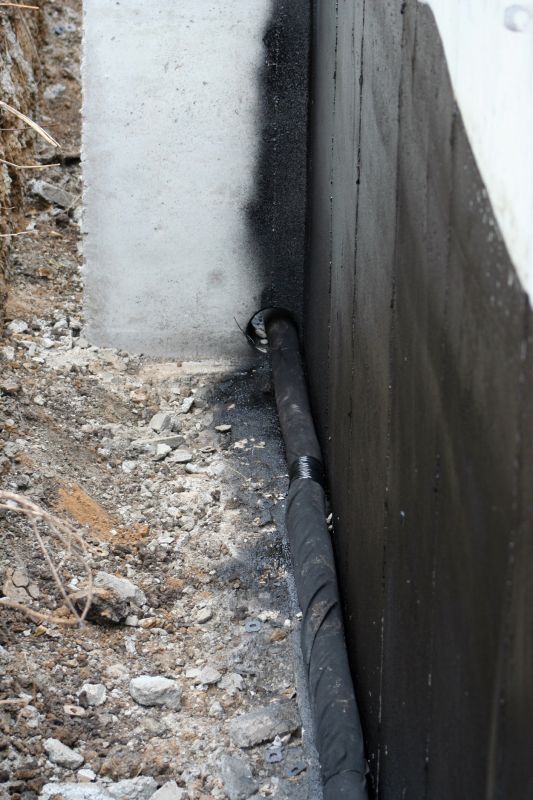
Workers excavate around the foundation to prepare for drain placement, ensuring proper slope and positioning.
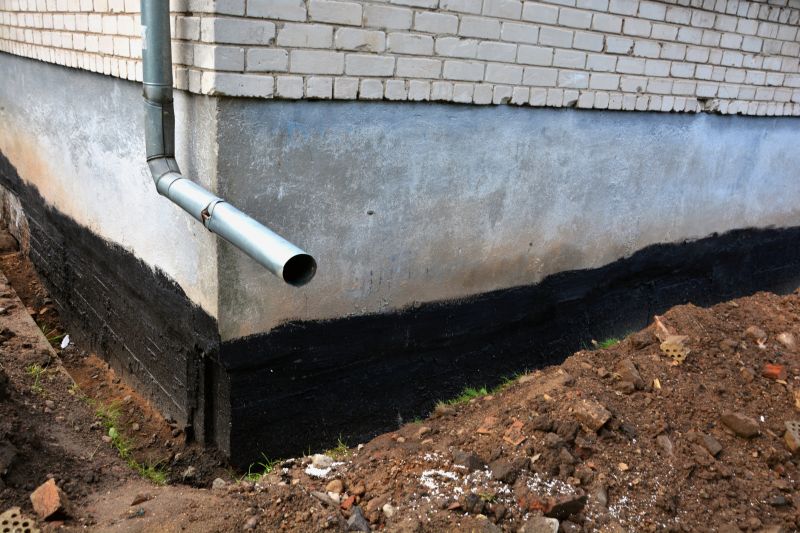
Drain pipes are laid out carefully to direct water away from the foundation, with attention to proper slope and connection points.
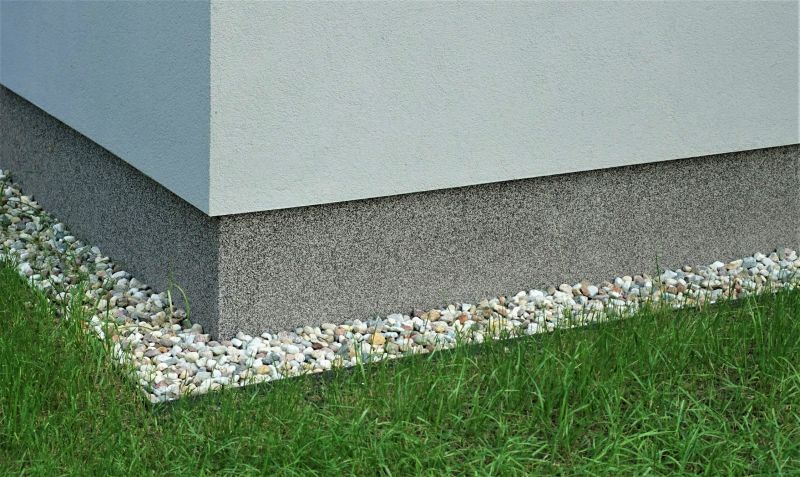
Backfilling restores soil around the foundation, securing the drain system and preventing soil erosion.
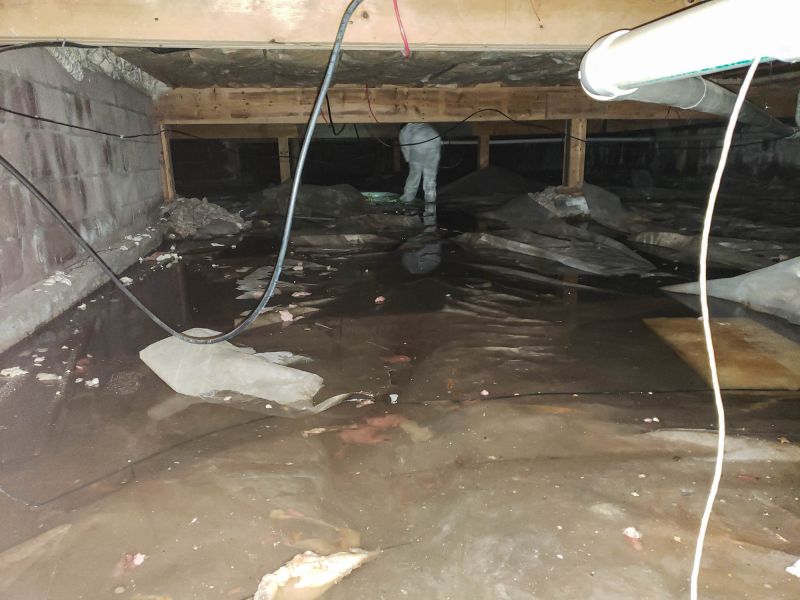
Ways to make Foundation Drains Installations work in tight or awkward layouts.

Popular materials for Foundation Drains Installations and why they hold up over time.
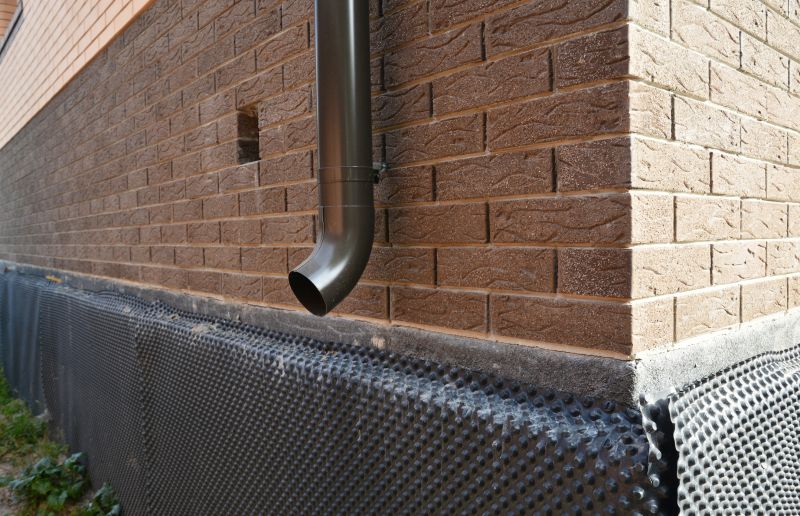
Simple add-ons that improve Foundation Drains Installations without blowing the budget.
| Aspect | Recommendation |
|---|---|
| Season | Late spring or early fall |
| Weather | Dry conditions preferred |
| Soil Moisture | Moderate levels ideal |
| Construction Phase | During initial foundation work |
| Post-Construction | Immediately after foundation completion |
Foundation drains play a vital role in managing groundwater and preventing water infiltration into basements and crawl spaces. Proper installation involves careful planning, excavation, pipe placement, and backfilling to ensure effective drainage. Studies show that correctly installed foundation drains can significantly reduce moisture-related issues and foundation deterioration over time.

A comprehensive view of a foundation drainage system showing pipe layout and gravel bedding.
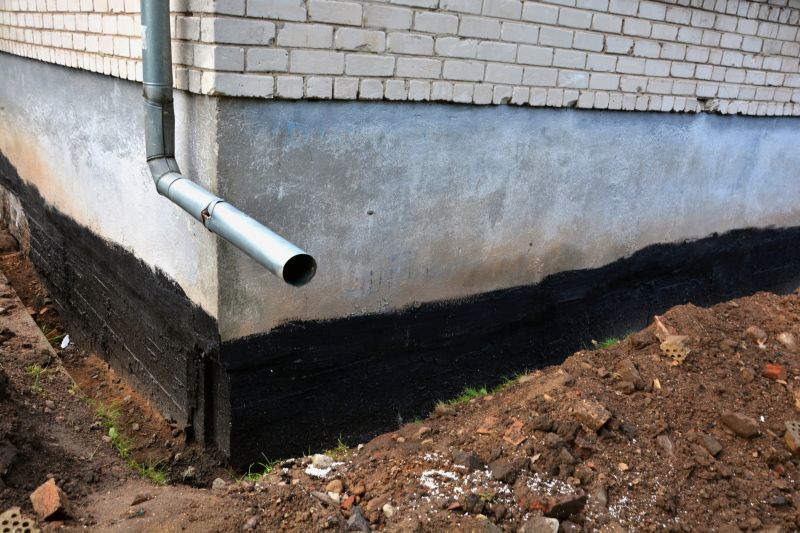
Illustration demonstrating how foundation drains direct water away from the structure.
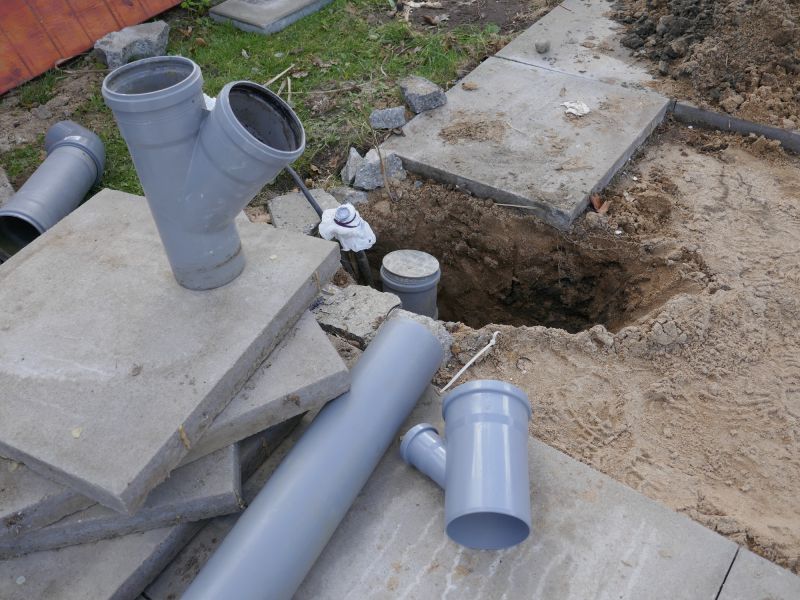
Close-up of pipe connections and outlet points designed for efficient water removal.

Finished installation with backfilled soil, ready to prevent water intrusion.

High-end options that actually feel worth it for Foundation Drains Installations.
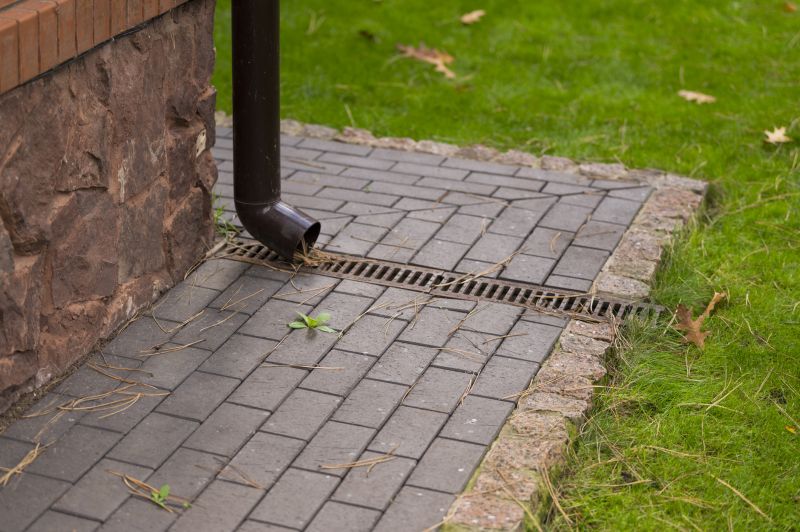
Finishes and colors that play nicely with Foundation Drains Installations.

Little measurements that prevent headaches on Foundation Drains Installations day.
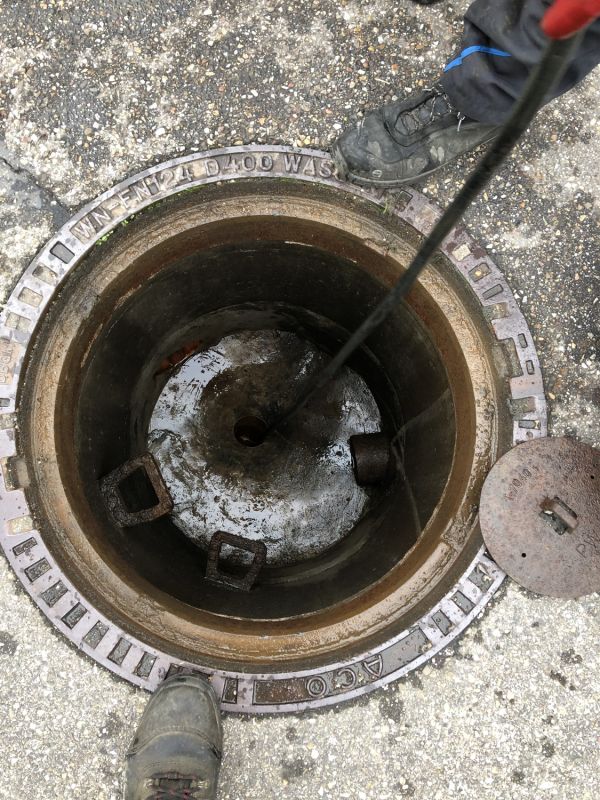
A 60-second routine that keeps Foundation Drains Installations looking new.
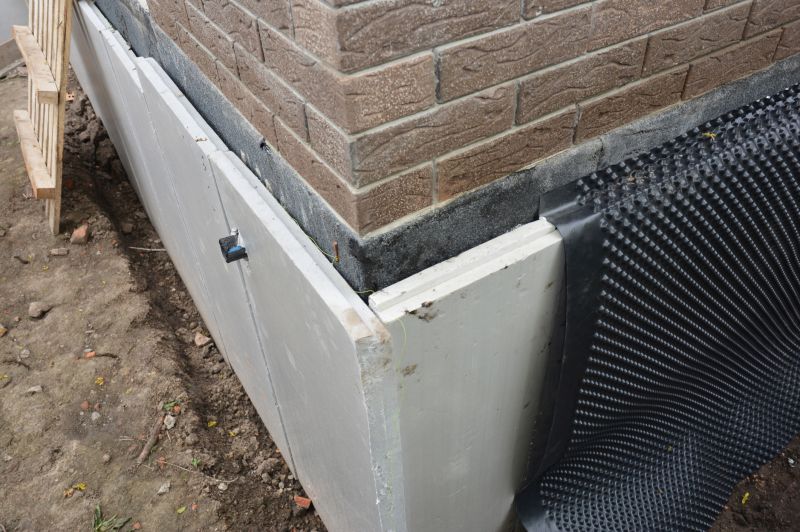
A frequent mistake in Foundation Drains Installations and how to dodge it.

Small tweaks to make Foundation Drains Installations safer and easier to use.

Lower-waste or water-saving choices for Foundation Drains Installations.

The short, realistic tool list for quality Foundation Drains Installations.
Proper timing and installation of foundation drains are essential for maintaining the structural integrity of a building. When installed at the right time, during suitable weather conditions and construction phases, foundation drains can provide reliable water management, reducing long-term maintenance needs and protecting the foundation from water damage.
Interested in foundation drains installations? Filling out the contact form can provide additional information and assist in planning the most suitable timing for a specific project.
